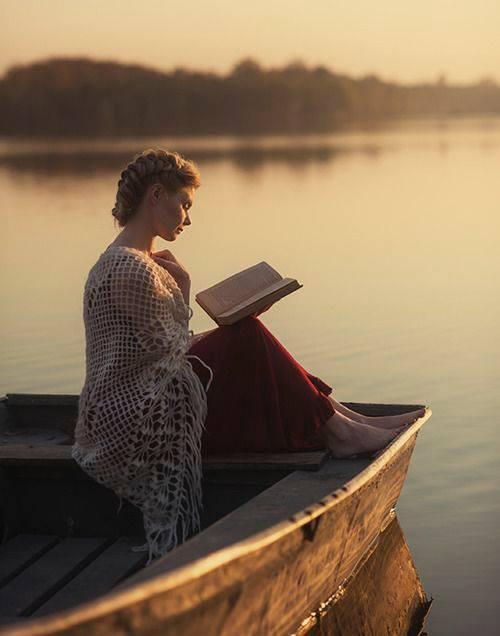Reading: Coin Classroom (Be the first to know)
********************
U.S. states, districts, and territories have representative symbols that are recognized by their state legislatures, territorial legislatures, or tradition. Some, such as flags, seals, and birds have been created or chosen by all U.S. polities, while others, such as state crustaceans, state mushrooms, and state toys have been chosen by only a few.
See:: https://en.m.wikipedia.org/wiki/Lists_o … te_symbols
*******
Questions and answers:
1. What are the four types of coins?
And When They Were First Produced
The first 4 are coins that are minted for General Circulation, this means that these coins are minted specifically for the public to use in everyday transactions. The four main types of U.S. Coins are as follows; the Cent (or Penny), the Nickel, the Dime, and the Quarter.
2. Does each state have its own coin?
50 State Quarters
The 50 State Quarters Program honored each of the 50 states with special quarter designs. From 1999 to 2008, the U.S. Mint made five new quarters every year. The quarters were released in the same order as the states' "birthdays," as listed below. In 2009, the Mint made six more quarter designs for Washington, DC and the five U.S. territories as part of the District of Columbia and U.S. Territories Quarters Program.
The 50 State Quarters Program honored each of the 50 states with special quarter designs. From 1999 to 2008, the U.S. Mint made five new quarters every year. The quarters were released in the same order as the states' "birthdays," as listed below
50 State Quarters
To learn more about these quarters, visit the 50 State Quarters Program page on the U.S. Mint website. : https://kids.usmint.gov/about-the-mint/50-state-quarters#:~:text=The 50 State Quarters Program,birthdays," as listed below.







